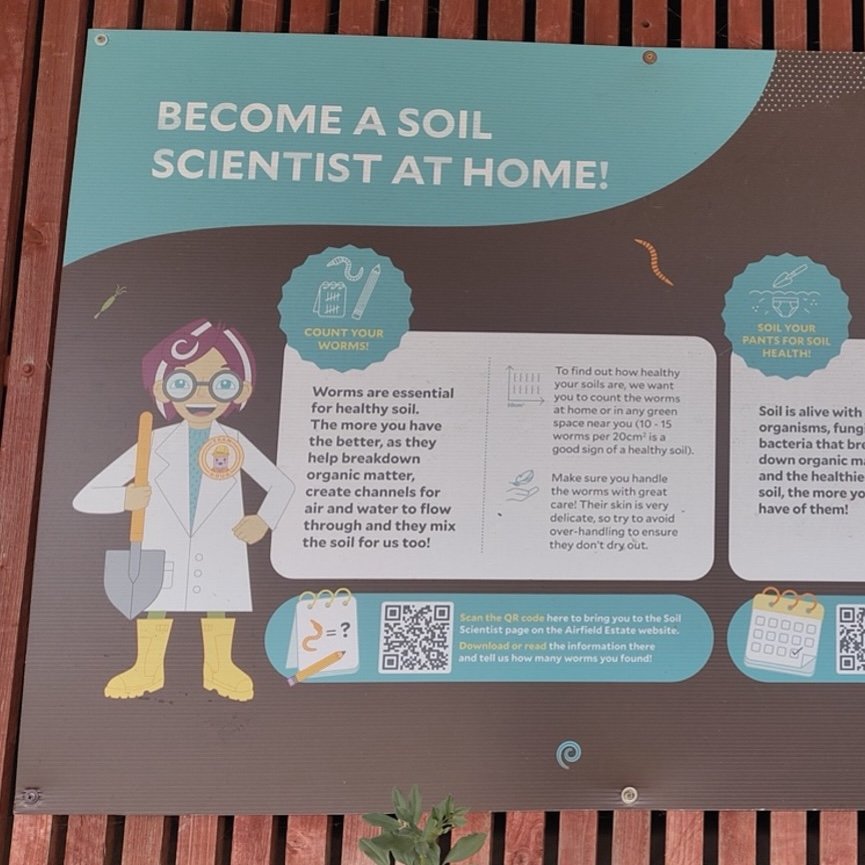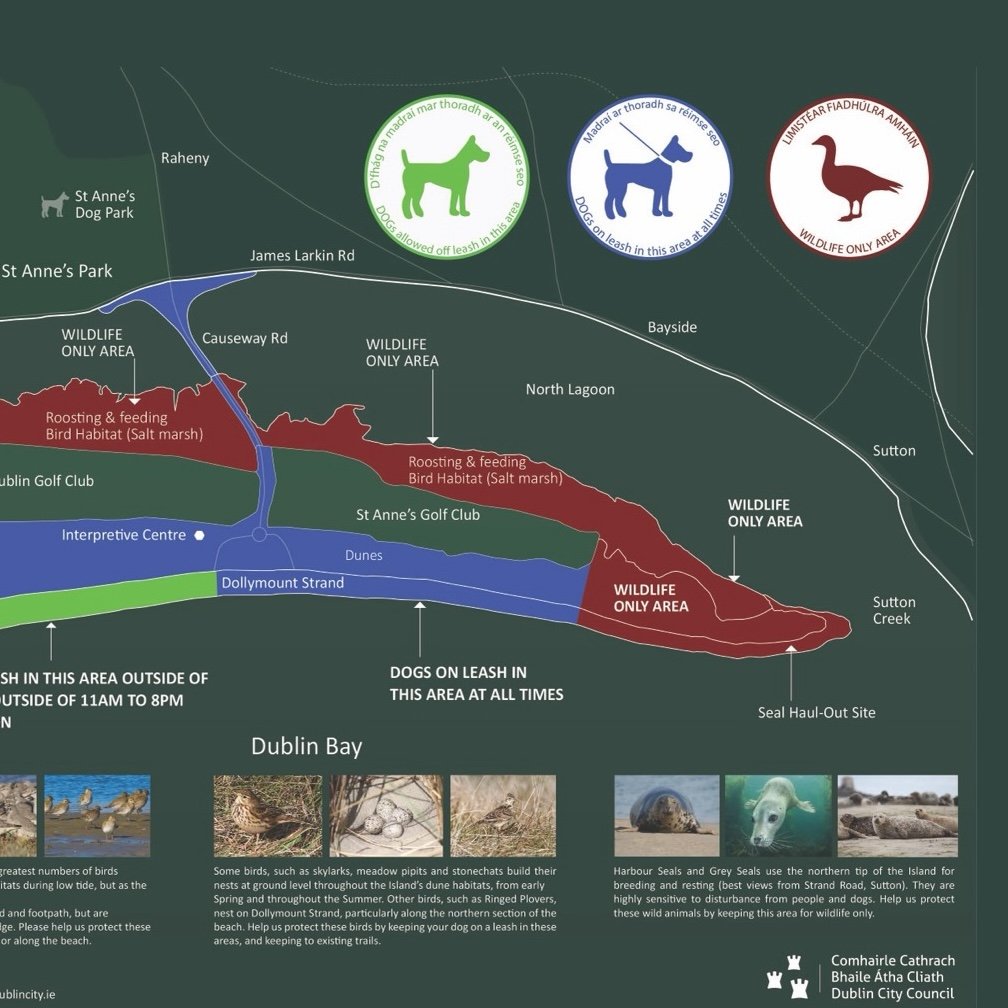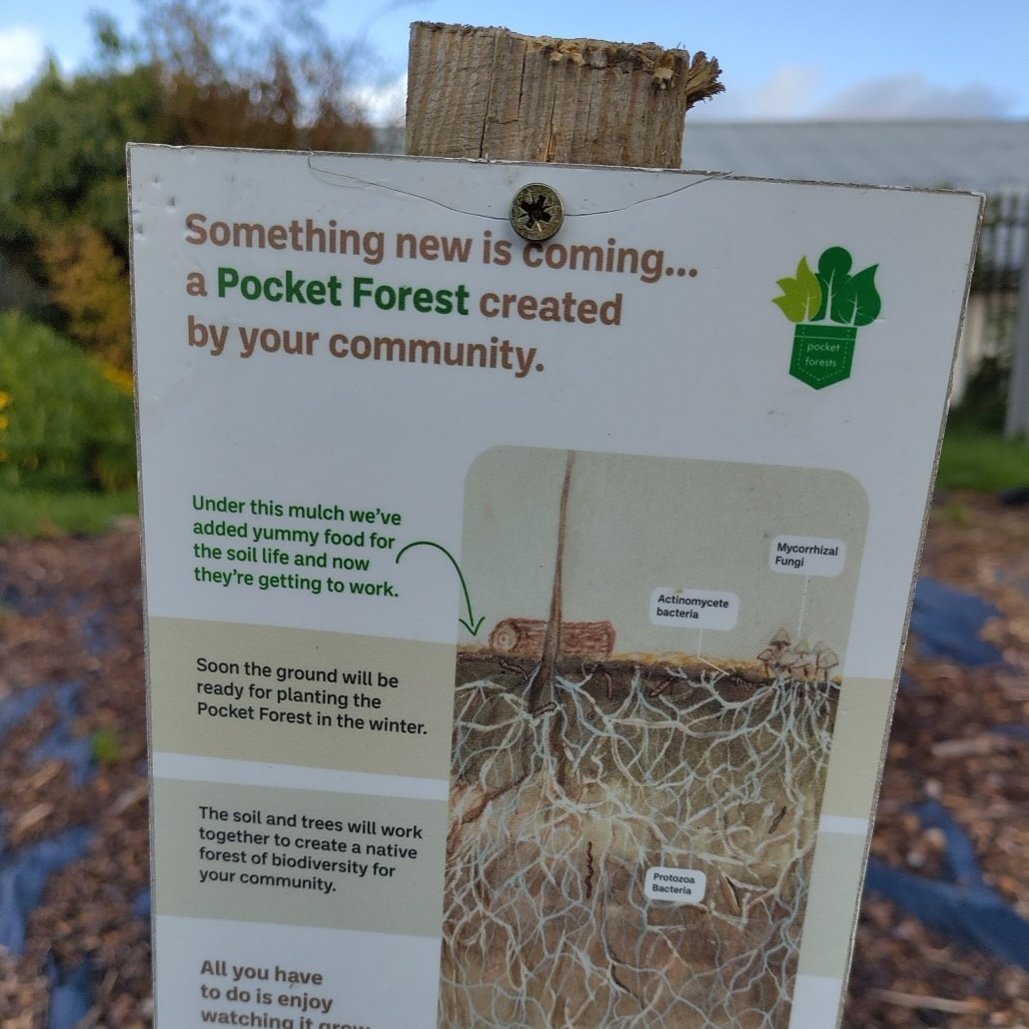The Case of Dublin
The functional urban area (FUA) of the Case Study in Dublin.
Dublin is the capital city of Ireland and is a bustling transport hub, with Dublin Port, Dublin Airport and a network of motorways moving goods and people in, out and round the country, mostly in carbon-intensive ways. It is the centre of Ireland’s economy, (in)famous for acting as a low-tax EU base for multinational corporations, and is growing steadily as Ireland continues to urbanise. Many of the city’s sustainability challenges stem from its position on the coast and its status as the nation’s capital. Dublin is threatened by rising sea levels and coastal storms caused and exacerbated by climate change. The city also threatens the sea – sustainability challenges include managing sewage and other pollutants in the rivers and streams that drain into the bay, as well as preventing plastic waste from getting into the marine ecosystem.
Nature-based Solutions (NBS) have become a popular approach to tackling some of these challenges. For example, in the two most recent iterations of Climate Action Plans (2019–2024, 2025–2029), all four Dublin councils have included NBS, and NBS are being planned and constructed/planted across the Dublin FUA. Nature-based solutions also feature in the climate strategies of the relevant national and supranational governments (Ireland and the EU). NBS across the city often focus on improving urban biodiversity and human knowledge about and emotional connection with nature, rather than sequestering carbon—this is, perhaps, in response to the growing awareness (among environmentalists, at least) that carbon offsetting is no substitution for emissions reduction.
I grew up on a small farm in the southeast of Ireland, and I always loved nature. I found it a source of life, really. And the birds and the bees and the butterflies and the flowers and the trees just gave me energy.
Pocket Forests emerged as a response to a lack of green space in local neighbourhoods, especially in poorer, inner-city areas. The NBS is a mini-forest planting initiative that began in central Dublin. The founders of the initiative planted their first Pocket Forest in their own back gardens before going on to plant their now longest-established tiny forest at Mercy Secondary School in Inchicore.
The Airfield Estate is a visitor attraction with an organic farm, market garden, nature walks, café and stately home in Dundrum, south Dublin. Its mission is to turn Dublin into a ‘sustainable food city’, and it hosts school and university groups as well as environmental events. The Airfield Estate NBS is a registered charity with a focus on education and sustainable food.
North Bull Island is a barrier island that stretches across the northern half of Dublin Bay, from Clontarf to Sutton. Responsibility for the island rests largely with Dublin City Council, specifically its Parks, Biodiversity and Landscape Services Department, which manages the nature reserve. Bull Island is young, first appearing on official maps around 1800 as a small dry area slowly emerging from the North Bull sandbank.

Figure 1: Citizen science projects at Airfield Estate. Photo source: Holly Marriott Webb.

Figure 2: Visitor Access Management Plan for Bull Island, Dublin City Council, 2023-

Figure 3: Pocket Forest community sign. Photo Source: Holly Marriott Webb



